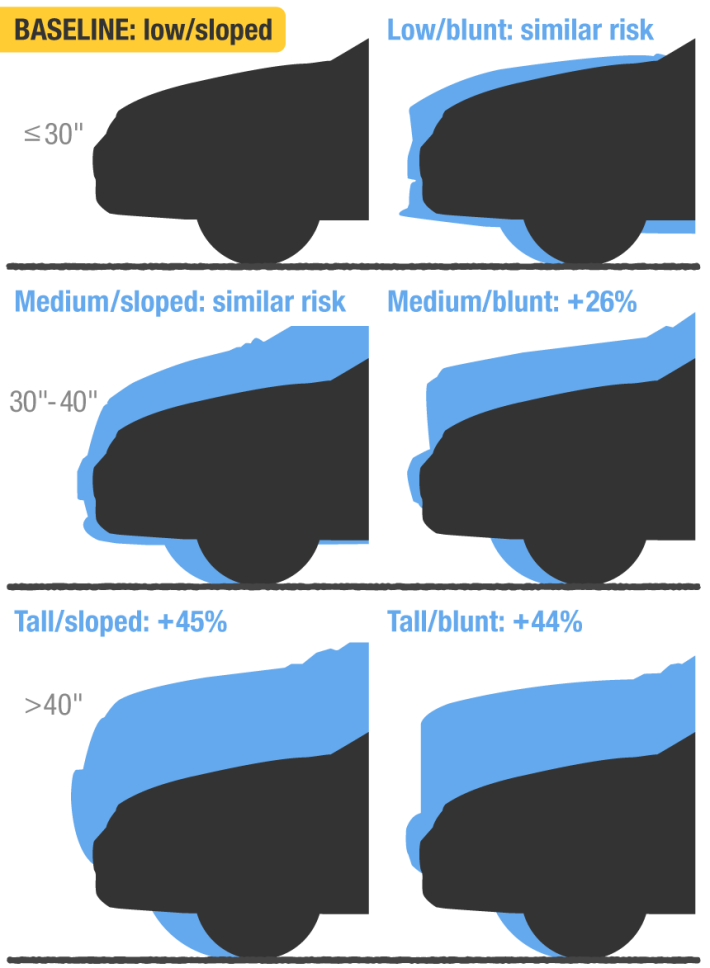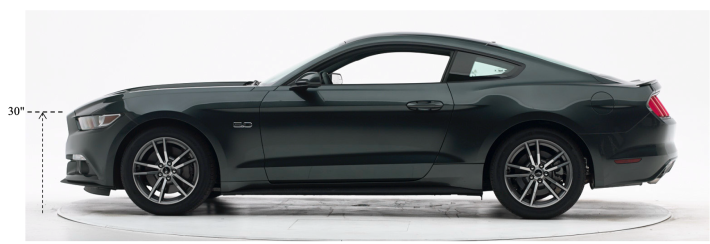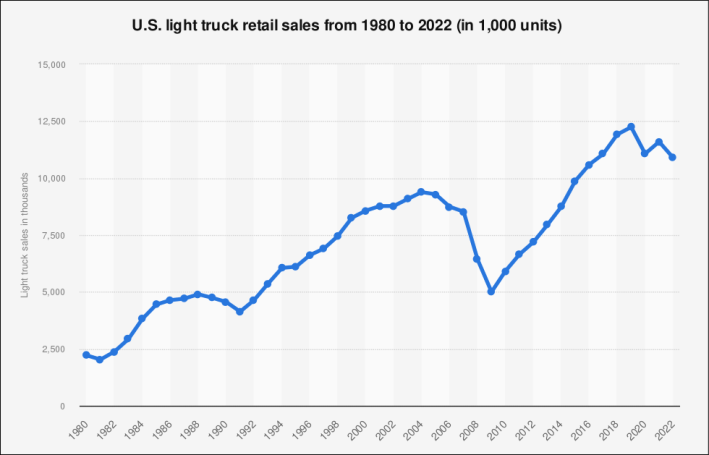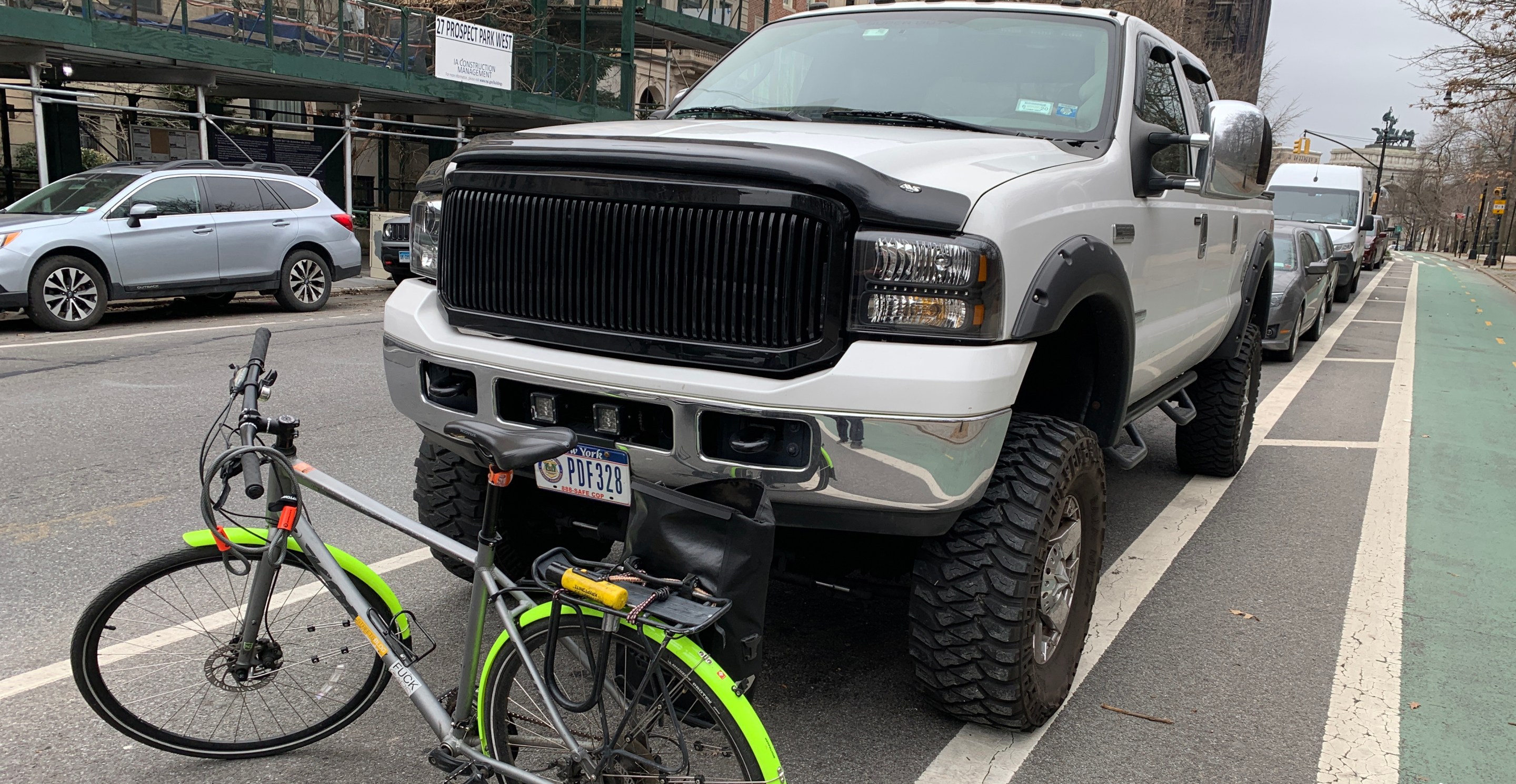The killing power of America's SUVs and pickup trucks is well documented — but even shorter cars are still 26 percent more likely to kill a pedestrian in a crash if their hoods are designed with an SUV-style, blunt-faced design, a new study finds.

In a new report issued today, the Insurance Institute for Highway Safety reviewed nearly 18,000 fatal crashes involving a single car and a single pedestrian victim and found that tall vehicles have more or less the same high risk of fatalities regardless of design. But medium-height vehicles — i.e. between 30 and 40 inches of height from the street to the top of the hood — also had a higher risk of pedestrian fatality compared with similarly-sized cars with low- and sloped front ends. And that simple design choice, researchers say, actually increases fatality risk by 25.6 percent.
The simple conclusion? "Manufacturers can make vehicles less dangerous to pedestrians by lowering the front end of the hood and angling the grille and hood to create a sloped profile,” said IIHS Senior Research Transportation Engineer Wen Hu, the lead author of the study. “There’s no functional benefit to these massive, blocky fronts.”
Of course, advocates have long known that high and mighty SUVs and pickup trucks are a significant factor in the 80-percent increase in pedestrian deaths on U.S. roads over the last 14 years. High front ends are associated with higher risk of deadly head and thorax injuries, and studies show vulnerable road users are more likely to be thrown under the wheels of an SUV and sustain even more extensive injuries, rather than being being pushed onto the hood or the roof.
The new study reveals, though, that even cars that Americans think of as "medium sized" aren't necessarily safe, either. Nearly 35 percent of U.S. vehicles are now designed with a blunt — and significantly more deadly — front end, the study authors said, citing a recent re-design of the Ford Mustang:

The same car from 1990, by contrast, had a lower hood and a sloped front end.

Roughly 7,388 pedestrians were killed in 2021, up from 4,092 in 2009. Over that time, of course, SUVs and pickups became the dominant cars on the road, having tripled in numbers between 2000 and 2019, as Streetsblog previously reported.
"Over the past 30 years, the average U.S. passenger vehicle has gotten about four inches wider, 10 inches longer, eight inches taller and 1,000 pounds heavier," the Insurance Institute added. "Many vehicles are more than 40 inches tall at the leading edge of the hood."
And while we wait for auto regulators to take action, the Institute is pushing vehicle designers to do better.
“It’s clear that the increasing size of the vehicles in the U.S. fleet is costing pedestrians their lives,” said IIHS President David Harkey. “We encourage automakers to consider these findings and take a hard look at the height and shape of their SUVs and pickups.”







